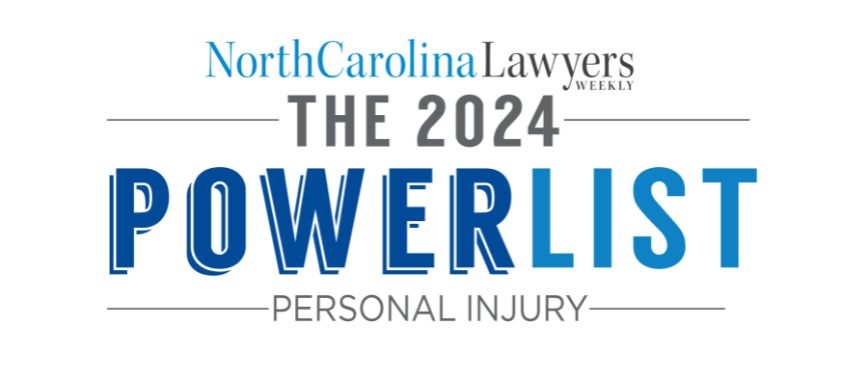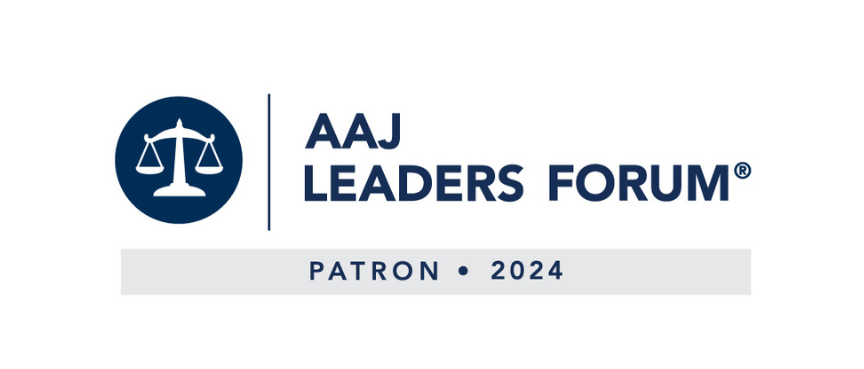One of the most vulnerable areas of the body in a North Carolina automobile collision is the chest. In an automobile collision, serious chest injuries are very common, even if the airbags deploy properly, and a seat belt is worn. If you experience chest pain after a wreck, seek medical attention immediately.
Chest injuries are so common in car accidents is because of the positioning of both the driver and the passenger in the vehicle. The driver sits close to the steering wheel, while the front passenger is typically close to the dashboard. This positioning means that, when the accident occurs, each person is thrown forward due to the inertia of the vehicle. Their chests may come into direct contact with the steering wheel, the dashboard, or even simply slam into seat belts or shoulder harnesses, causing injury.
Surprisingly, chest injuries are common in many different types of accidents including lower-speed car accidents, motorcycle accidents and higher-speed collisions. This is because when the airbags do not deploy, the seat belt alone may not be enough to prevent the chest from slamming into the dashboard or the steering wheel, causing serious traumatic injury.
Causes of Chest Pain after a Car Accident
Here are some common injuries that our clients have gotten as the result of motor vehicle crashes:
- Bruised Ribs: When your ribs and sternum impact a hard object, such as the steering wheel or dash, they may be damaged by this force, and the surrounding soft tissue may become damaged and bruised, causing a dull, aching pain. The pain may come and go, or be intermittent, depending on your movements and the position of your body.
- Fractured Ribs: As opposed to a bruised rib, which typically feels like a dull, aching pain, fractured ribs tend to feel “sharp” and may cause shooting pains. It’s common to feel additional pain when you try to breathe in deeply. Deep breaths causes your rib cage to expand, which puts pressure on the broken rib. The ribs can be broken because of an impact with the steering wheel or dash, or even just because of the seat belt, which arrested your movement during the collision.
- Muscle Strain: A simple muscle strain is another common cause of chest pains. The body reacts to sudden movements, impacts, and jerks by tensing up before the movement – and it usually does so without you even having to think about it. This means that your muscles can become strained after an accident, leaving your chest in pain. The symptoms of a muscle strain may seem like a bruised rib, but you can tell them apart. Muscle strains are typically more “sharp” and hurt more when you’re doing something like trying to lift an object. They may also feel “stiff” and “tight.”
- Internal Organ Injuries: This is the most severe type of chest injury that can occur in most car accidents. You never want one of your internal organs to be injured after a car accident – and if you suspect some kind of internal injury, you need to get medical help right away.
- Heart Injuries: The heart is commonly injured in car accidents, because the ribs may impact it, or a broken rib could even cause direct damage to the heart. A heart injury requires immediate medical attention. The most common indicator of a heart injury or heart trauma is dull chest pains, which can be either constant or intermittent, especially if these pains are located directly above the heart.
- Lung Injuries: The lungs can become bruised by a heavy trauma, which may cause swelling, internal bleeding, and the buildup of fluid. This condition can be life-threatening. The symptoms of a bruised lung include chest pain, as well as shortness of breath, severe coughing bouts, increased heart rate, shallow breathing, and difficulty or pain when breathing.
It is possible that due to adrenaline, you may not feel pain in that very moment. However, you may start feeling the brunt of your injuries after a while. Apart from chest pains, if you are experiencing fatigue, headaches, shortness of breath or dizziness, you could have sustained an injury. The earlier you consult a doctor, the better. A thorough checkup can identify any injuries that need attention and your earlier diagnosis can improve your prognosis.
How Can I Prevent Chest Injuries In Car Accidents?
Your seat belt is the only thing that is protecting you from the steering wheel or dashboard. In a high-speed collision, the airbag alone will not be enough to prevent your chest from impacting the dash. Especially if you’re in a frontal collision, and the steering column is pushed towards you. Your risk of a serious traumatic injury is much higher if you don’t wear your seat belt.
And while it’s true that seat belts can cause chest injuries (like bruised and fractured ribs) these injuries will always be less severe, compared to the injuries you would have received, had you not been wearing your seat belt.
You may also want to get your airbags inspected, particularly if you drive an older vehicle. While airbags are designed to be functional for a long time, electrical faults or other issues may cause them to deploy improperly.
Representation for Chest Pains
If you’ve suffered a chest injury from a North Carolina automobile collision caused by another driver’s negligence, you are entitled to compensation for the damages you’ve incurred. Maginnis Law’s lead personal injury attorney, T. Shawn Howard is experienced in handling complex cases including those involving victims who have suffered major chest injuries due to the negligence of another North Carolina driver.
All personal injury matters are handled on a contingency basis – meaning that you do not pay any attorneys’ fee unless and until we make a recovery on your behalf. You can contact us at 919.526.0450. Confidential email inquiries may be sent through our contact page.





